Solar power is rapidly becoming the go-to choice for many homeowners and businesses looking to reduce their carbon footprint and lower their energy bills. Bifacial solar panels are a type of solar panel that can generate electricity from both sides, providing greater efficiency and power output compared to traditional solar panels. In this blog post, we will explore how bifacial solar panels generate electricity from both sides and discuss the benefits of using them in your home or business.
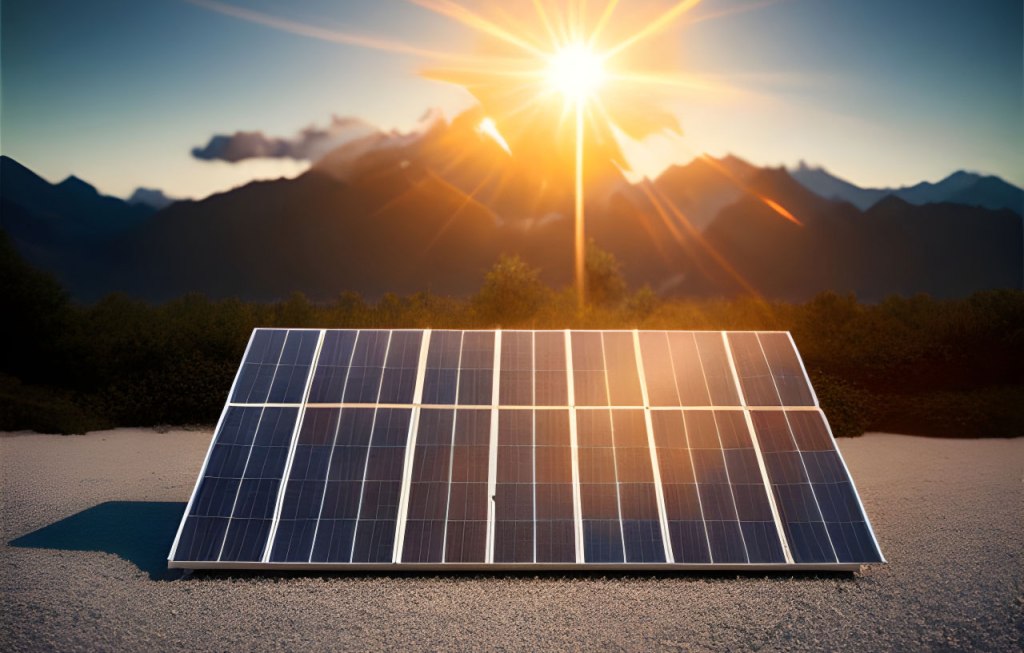
We will also cover everything you need to know about installing and maintaining bifacial solar panels, from the initial setup to ongoing maintenance and cleaning. Whether you are a solar power enthusiast or simply looking to reduce your energy costs, read on to learn more about the benefits of bifacial solar panels and how they can help you achieve your sustainability goals.
Also read: HOW TO START HOMESTEADING WITH NO MONEY
What are bifacial solar panels?
Bifacial solar panels are a type of solar panel that can generate electricity from both sides, unlike traditional solar panels that generate electricity from only one side. Bifacial solar panels use advanced technology to capture sunlight from both the front and rear sides of the panel, which results in greater efficiency and energy output.
These panels have become increasingly popular in recent years due to their superior energy yield and durability compared to traditional solar panels. They are especially useful for homesteading and other self-sufficient living situations, where maximizing energy output and minimizing energy costs is a top priority.
In addition to their higher energy output, bifacial solar panels also have other benefits such as improved performance in low light conditions and a longer lifespan compared to traditional solar panels. Overall, bifacial solar panels are an effective way to increase the energy yield of solar installations, and they are an excellent choice for those looking to reduce their carbon footprint and lower their energy bills.
Also read: HOMESTEADING FOR BEGINNERS: A STEP-BY-STEP GUIDE ON HOW TO START YOUR OWN HOMESTEAD
How do bifacial solar panels work
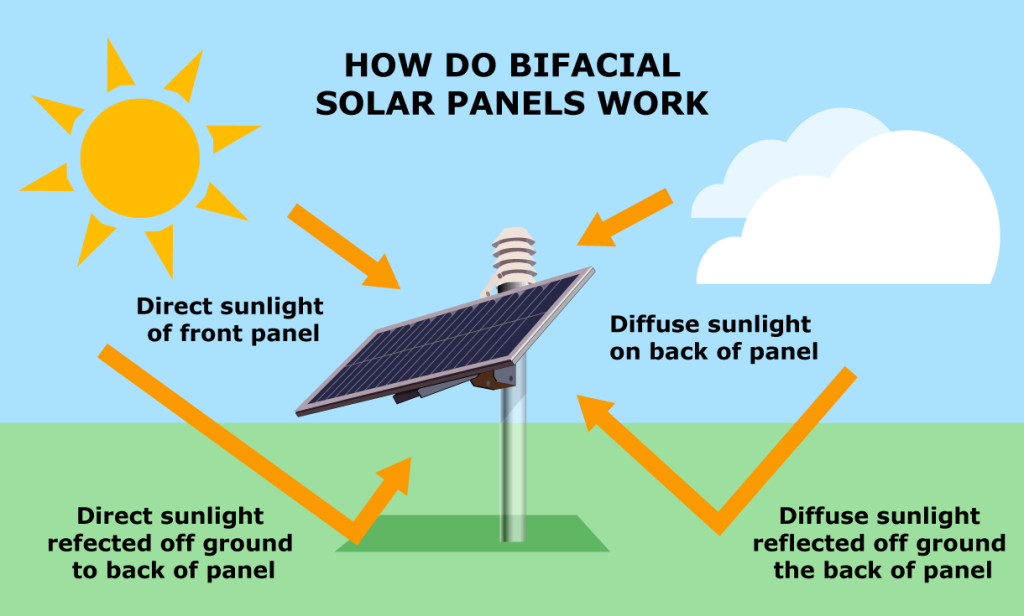
Bifacial solar panels work by capturing sunlight from both sides of the panel, which allows them to generate more electricity compared to traditional solar panels that capture sunlight from only one side.
The basic design of a bifacial solar panel is similar to that of a traditional solar panel, with a layer of solar cells sandwiched between a top and bottom layer of protective material. However, bifacial solar panels have an important additional feature: they have a transparent back layer that allows sunlight to pass through the panel and reflect back to the solar cells from the surface below.
When sunlight hits the front of a bifacial solar panel, some of it is absorbed by the solar cells and converted into electricity. The rest of the sunlight passes through the panel and is reflected back to the solar cells from the surface below, which further increases the energy output of the panel.
Overall, bifacial solar panels can generate up to 27% more energy compared to traditional solar panels, making them an excellent choice for those looking to maximize the energy output of their solar installations.
Looking for Cheap Bifacial solar panels?
Where to buy the best bifacial solar panels?
Here you will find an overview of some of the best bifacial solar panels and their prices, click the button to compare prices.
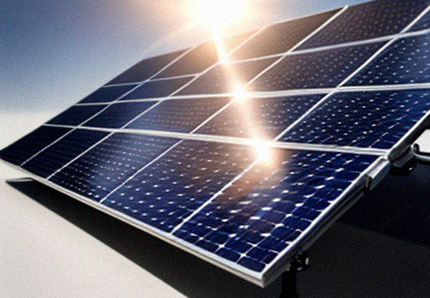
LG Solar panels
A leading electronics and solar panel manufacturer offering high-quality bifacial panels with a low-temperature coefficient.
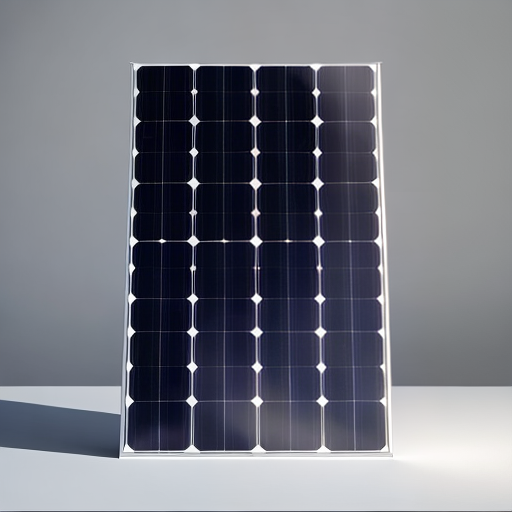
Jinko Solar panels
A vertically integrated solar module manufacturer with a strong focus on R&D, offering high-efficiency bifacial panels with advanced technologies.
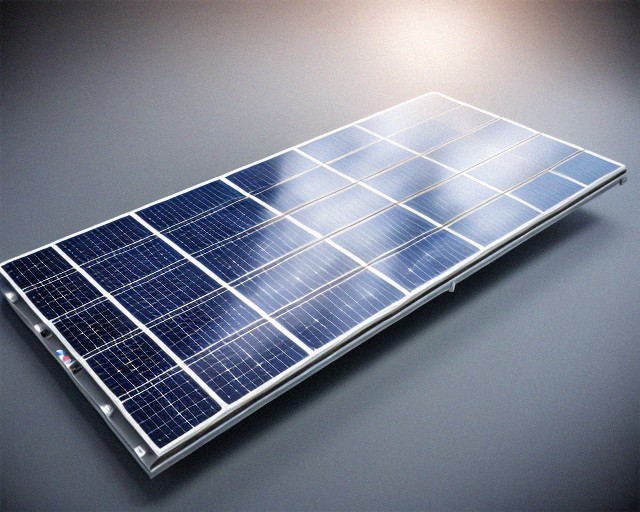
Hanwha Q Cells Solar panels
A leading solar cell and panel manufacturer with a wide range of bifacial panels featuring half-cut cell technology for improved performance.
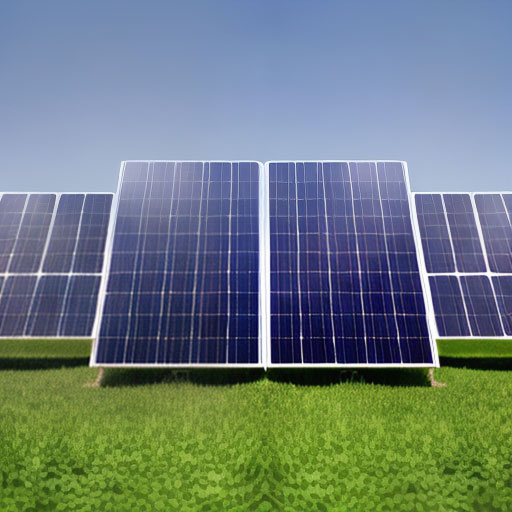
Trina Solar panels
A world-renowned solar energy solutions provider with a strong emphasis on innovation, offering high-performance bifacial panels for both ground and rooftop installations.
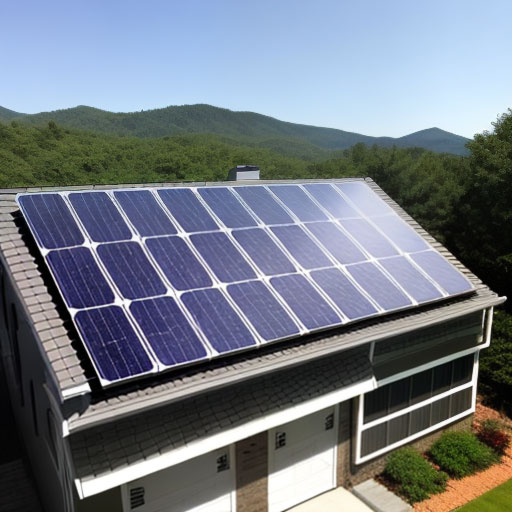
JA Solar panels
A global leader in the development and production of solar products, offering innovative and efficient bifacial panels with high power output.
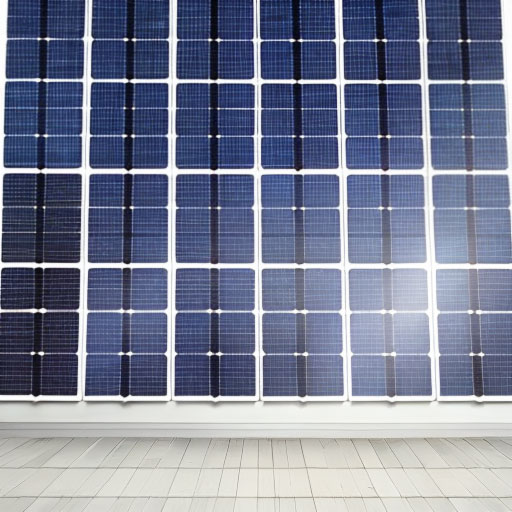
LONGi Solar panels
A vertically integrated solar company with a strong focus on technological innovation, offering high-efficiency bifacial panels with advanced PERC technology.

Yingli Solar panels
A leading solar panel manufacturer with a global presence and a strong commitment to sustainability, offering reliable and high-quality bifacial panels.
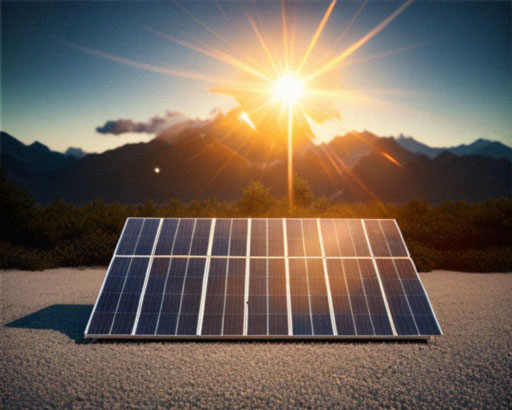
Suntech Solar panels
A global solar energy solutions provider with a strong focus on R&D and quality control, offering high-performance bifacial panels with a 30-year power warranty.
Bifacial solar panels efficiency
Bifacial solar panels can generate up to 27% more energy compared to traditional solar panels, thanks to their ability to capture sunlight from both sides. This increase in energy output is influenced by factors such as the panel’s location, tilt angle, and the reflectivity of the surface below. Overall, the improved efficiency of bifacial solar panels makes them an attractive option for those seeking to increase the energy output of their solar installations and promote greater sustainability.
Another positive factor for the efficiency of bifacial solar panels is that they are less affected by temperature changes compared to traditional solar panels. Bifacial solar panels can generate more energy in hot weather compared to traditional panels, thanks to their ability to capture sunlight from both sides and dissipate heat more effectively. This means that bifacial solar panels can maintain higher energy production levels during hot summer months, making them a more reliable energy source in areas with high temperatures.
Bifacial solar panels advantages and disadvantages
Bifacial solar panels are gaining popularity in the solar industry due to their numerous benefits.
Advantages of using bifacial solar panels:
- Higher energy yield: Bifacial solar panels can capture sunlight from both sides, which means they can generate more electricity compared to traditional solar panels. According to some estimates, bifacial solar panels can generate up to 27% more energy compared to monofacial solar panels.
- Improved performance in low light conditions: Bifacial solar panels can produce energy even in low light conditions, such as cloudy or overcast weather, as they can absorb light from both sides.
- Better temperature coefficient: Bifacial solar panels have a lower temperature coefficient, which means they are less affected by high temperatures compared to traditional solar panels. This results in better performance and higher energy yields, especially in hot climates.
- Longevity and durability: Bifacial solar panels are made with high-quality materials that can withstand harsh weather conditions, including heavy rain, strong winds, and snow. They also have a longer lifespan compared to traditional solar panels, which means they require less maintenance over time.
- Versatility: Bifacial solar panels can be used in a variety of installations, including rooftop, ground-mounted, and floating solar arrays. They can also be integrated into building facades, providing additional design options for architects and builders.
- Reduced levelized cost of energy (LCOE)
- Lower degradation rates compared to traditional solar panels
- Reduced installation costs due to fewer panels required for the same amount of energy
- Increased energy production in snowy conditions due to reflected light from snow
- Improved aesthetic appeal due to their sleek and modern design
Disadvantages of using bifacial solar panels:
- Bifacial solar panels are generally more expensive than traditional solar panels.
- Installation may require additional mounting and wiring hardware.
- The increased efficiency may be diminished in areas with high shading or low light reflection.
10 Reasons to Switch to Bifacial Solar Panels Today
Here are 10 Reasons why you should switch to Bifacial Solar Panels today:
- Bifacial solar panels can generate up to 27% more energy compared to traditional solar panels.
- They are less affected by temperature changes, making them a more reliable energy source in areas with high temperatures.
- Bifacial solar panels have a longer lifespan compared to traditional solar panels.
- They have a lower temperature coefficient, which means they lose less energy as temperature rises.
- Bifacial solar panels can be installed on both horizontal and vertical surfaces, increasing flexibility in installation options.
- They are aesthetically pleasing and can blend well with the environment.
- Bifacial solar panels can reduce overall energy production costs.
- They can increase the property value of homes and buildings where they are installed.
- Bifacial solar panels are eco-friendly and promote sustainable living.
- They can provide energy independence for those seeking homesteading or self-sufficiency lifestyles.
Looking for Cheap Bifacial solar panels?
How to Install Bifacial Solar Panels: A Step-by-Step Guide
Installing bifacial solar panels can seem like a daunting task, but with the right tools and knowledge, it can be a straightforward process. Here is a step-by-step guide to help you install bifacial solar panels:
- Assess your energy needs: Determine how much energy you need to generate and how many panels you will need to install to meet your energy needs.
- Choose the right location: Bifacial solar panels work best in areas with high sun exposure, so choose a location that receives ample sunlight throughout the day.
- Prepare the site: Clear the area where the panels will be installed and ensure that it is level and free from obstructions.
- Install the mounting system: Depending on your roof or ground mounting system, follow the manufacturer’s instructions to install the mounting system.
- Install the rails: Place the rails on the mounting system and secure them with the appropriate hardware.
- Attach the panels: Once the rails are installed, attach the bifacial solar panels to the rails using the clamps provided by the manufacturer.
- Connect the wiring: Connect the wiring from the panels to the inverter, following the manufacturer’s instructions for wiring and grounding.
- Install the inverter: Mount the inverter in a safe and accessible location, following the manufacturer’s instructions.
- Test the system: Once the panels and inverter are installed and connected, test the system to ensure that it is generating electricity properly.
- Get professional help: If you are not comfortable installing bifacial solar panels yourself, consider hiring a professional solar installer to ensure that the installation is done safely and correctly.
By following these steps and taking the necessary precautions, you can install bifacial solar panels and start generating your own clean energy in no time.
Want to learn how to make your own remedies? Watch this video!
How to Save Money on Your Energy Bills with Bifacial Solar Panels?

Bifacial solar panels are an excellent investment for homeowners and businesses looking to save money on their energy bills. Here are some ways that you can save money with bifacial solar panels:
- Generate your own electricity: Bifacial solar panels can generate a significant amount of energy, which can reduce your reliance on grid-supplied electricity.
- Sell excess energy: If your bifacial solar panels generate more energy than you need, you can sell the excess energy back to the grid and receive payment for it.
- Reduce your energy bills: By generating your own electricity with bifacial solar panels, you can reduce your energy bills and save money in the long run.
- Take advantage of tax incentives: Many governments offer tax incentives or rebates for installing renewable energy systems like bifacial solar panels, which can help reduce the upfront cost of installation.
- Increase the value of your property: Bifacial solar panels can increase the value of your property, making it a more attractive investment for potential buyers.
- Choose high-efficiency panels: High-efficiency bifacial solar panels can generate more energy per square meter than traditional solar panels, which can help you save even more money on your energy bills.
- Monitor your energy usage: By monitoring your energy usage and adjusting it accordingly, you can optimize the performance of your bifacial solar panels and maximize your energy savings.
Overall, bifacial solar panels can help you save money on your energy bills while promoting sustainability and reducing your carbon footprint.
Related:
Maintenance and Cleaning of Bifacial Solar Panels: Best Practices
Here are some best practices for maintaining and cleaning bifacial solar panels:
- Regularly inspect the panels for damage, such as cracks or scratches, and repair them promptly to ensure optimal performance.
- Keep the panels free from debris, such as leaves, dust, and bird droppings, which can reduce energy output.
- Clean the panels with a soft brush or a low-pressure hose, using a mild detergent if necessary. Avoid using abrasive materials that can scratch the surface of the panels.
- Clean the panels early in the morning or in the late afternoon to avoid cleaning them when they are hot, which can cause thermal shock and damage the panels.
- Ensure that the panels are properly installed and grounded to prevent damage from wind, hail, or other environmental factors.
- Check the wiring and connections regularly to ensure that they are secure and functioning correctly.
- Hire a professional to inspect and maintain the panels periodically, especially if you are not comfortable doing it yourself.
- Keep track of the energy output of the panels to detect any changes or drops in performance, which could signal a need for maintenance or cleaning.
- Consider installing a monitoring system to track the energy output and performance of the panels automatically.
- Refer to the manufacturer’s guidelines for maintenance and cleaning and follow them closely to ensure the longevity and efficiency of your bifacial solar panels.
Looking for Cheap Bifacial solar panels?
Also Read: WHERE TO BUY THE CHEAPEST GREENHOUSES AND HOW TO BUILD THEM
Frequently asked questions
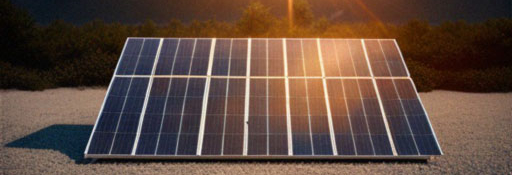
Are bifacial solar panels better?
Yes, bifacial solar panels are better than traditional solar panels in terms of energy production and efficiency.
Can you use bifacial solar panels on a roof?
Yes, bifacial solar panels can be installed on a roof just like traditional solar panels, as long as the roof can support their weight and the orientation is optimal for sunlight exposure.
What is the lifespan of bifacial solar panels?
The lifespan of bifacial solar panels is typically 25 to 30 years, similar to traditional solar panels.
Which is better bifacial vs Monofacial?
Bifacial solar panels are generally considered better than monofacial solar panels in terms of energy production and efficiency, as they can generate electricity from both sides of the panel and reflect light to increase output.
How do you maximize bifacial solar panels?
To maximize the output of bifacial solar panels, it is important to install them in a location with optimal sunlight exposure, use reflective surfaces or white backings to increase light reflection, and maintain them by keeping them clean and free of shading.
Are bifacial solar panels more expensive?
Bifacial solar panels are generally more expensive than traditional monofacial solar panels due to their advanced technology and increased efficiency. However, the cost difference varies depending on factors such as brand, size, and quantity, and the long-term benefits of higher energy production may offset the initial cost.
Can bifacial solar panels be used in residential or commercial applications?
Yes, bifacial solar panels can be used in both residential and commercial applications.
Are bifacial solar panels more durable than traditional solar panels?
Bifacial solar panels are typically more durable than traditional solar panels due to their double-glass construction, which provides extra protection against weather and other environmental factors.
Can bifacial solar panels be installed in different orientations or angles?
Bifacial solar panels can be installed in a variety of orientations and angles, depending on the specific needs of the project.
Are there any specific requirements for maintaining and cleaning bifacial solar panels?
It is generally recommended to clean bifacial solar panels on a regular basis to ensure optimal performance, although the specific maintenance requirements may vary depending on the manufacturer and other factors.
How do bifacial solar panels perform in different weather conditions, such as cloudy or overcast days?
Bifacial solar panels can still generate electricity on cloudy or overcast days, although their performance may be somewhat reduced compared to sunny conditions.
Are there any additional safety precautions to consider when installing or using bifacial solar panels?
Yes, some additional safety precautions should be considered when installing or using bifacial solar panels, such as ensuring proper grounding and securing panels from wind damage.
Can bifacial solar panels be used in off-grid applications?
Yes, bifacial solar panels can be used in off-grid applications, but proper system design and sizing should be considered to ensure sufficient power supply.
Are there any specific certifications or standards that bifacial solar panels need to meet?
Yes, bifacial solar panels need to meet the same certifications and standards as traditional solar panels, such as IEC and UL certifications.
Can bifacial solar panels be used in conjunction with battery storage systems?
Yes, bifacial solar panels can be used with battery storage systems to store excess energy for later use.
How do bifacial solar panels compare to other types of renewable energy technologies, such as wind turbines or geothermal systems?
Bifacial solar panels are a complementary technology to other renewable energy technologies such as wind turbines or geothermal systems. Each technology has its own strengths and weaknesses, and the best solution depends on the specific application and energy needs.
How can bifacial solar panels benefit homesteaders?
Bifacial solar panels can benefit homesteaders by providing a sustainable and reliable source of energy, reducing their dependence on traditional power grids and minimizing their carbon footprint.
Looking for Cheap Bifacial solar panels?
Conclusion
In conclusion, bifacial solar panels are an efficient and sustainable solution for those looking to generate their own energy and reduce their carbon footprint. With their ability to capture sunlight from both sides, they offer a significant boost in energy production compared to traditional monofacial panels. While they may come with a higher upfront cost, their long lifespan and energy-saving benefits make them a smart investment for homesteaders and anyone seeking a self-sufficient lifestyle.
When shopping for bifacial solar panels, be sure to do your research and choose a reputable brand to ensure the highest quality and performance.
Was this post useful? Do you still have questions? Please let us know in the comments.

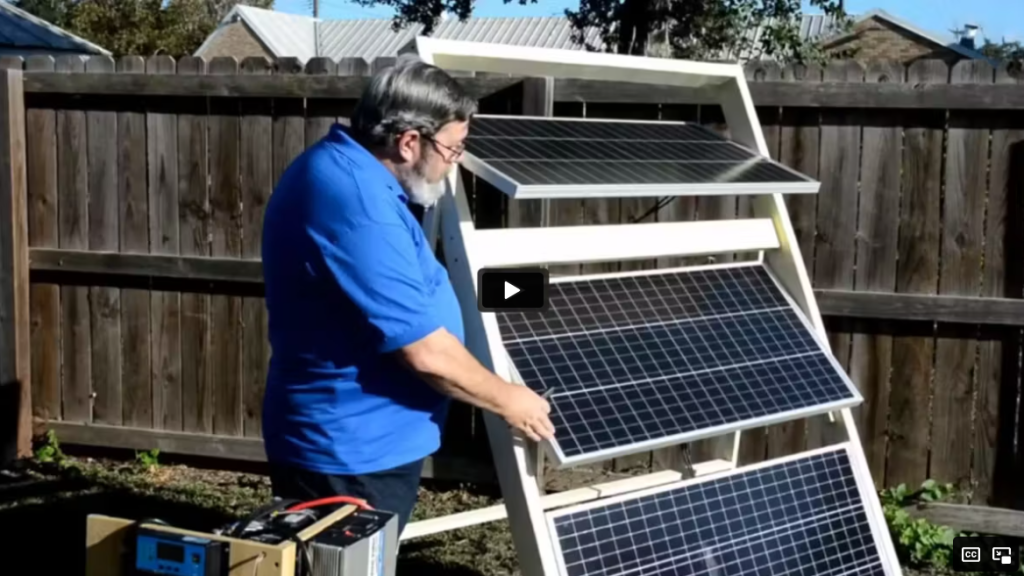








Leave a comment